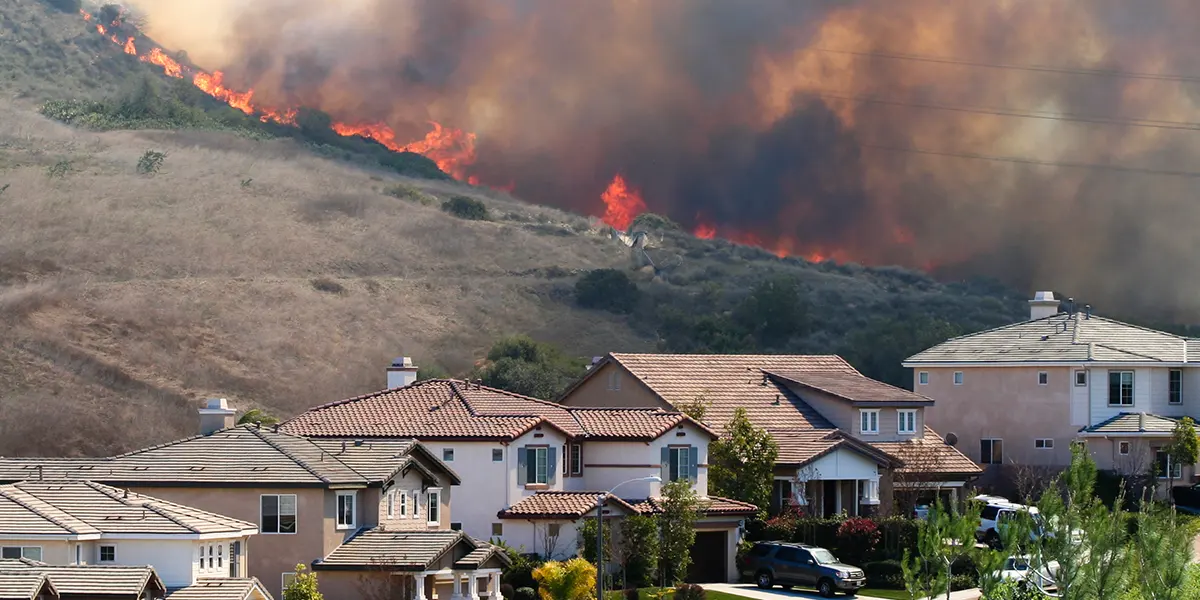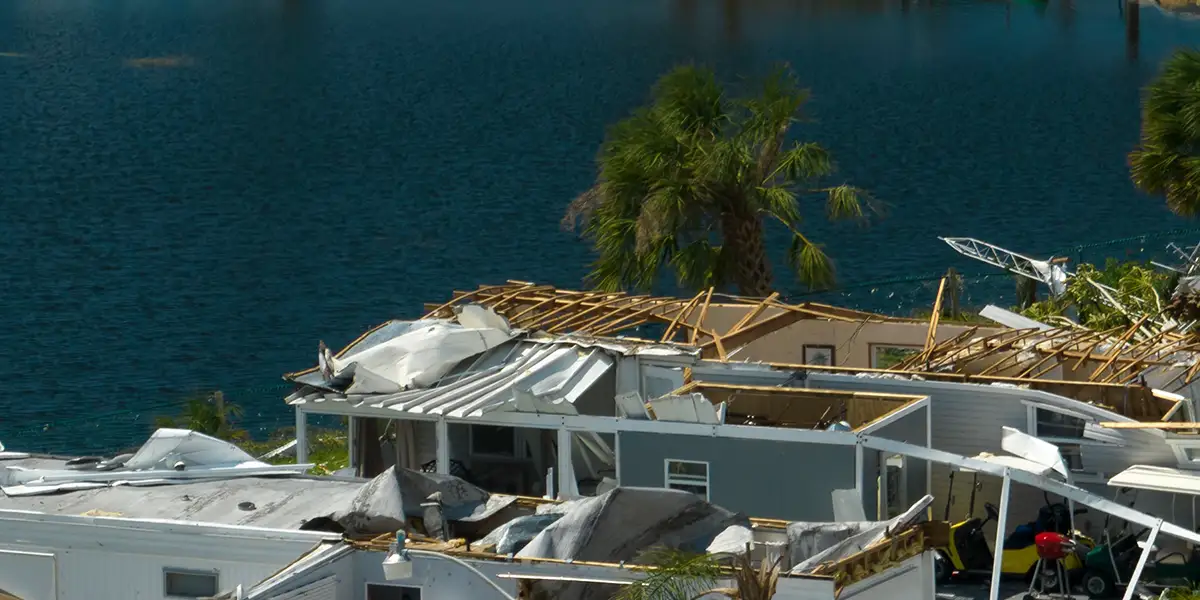The highly anticipated COP27 is being hosted in Sharm El-Sheikh, Egypt, to mark 30 years since the United Nations Framework Convention on Climate Change (UNFCCC) was adopted. Although commitments were made at COP26 in Glasgow 2021, it is still unclear how these pledges will be transformed into reality.
The strapline of COP27 is to be 'Together for Implementation' to enable intergovernmental commitments, public, and private funding to advance the implementation of agreed-upon targets and meet the challenges of our century. This includes adaptation with a need to show how adaptation is possible and how risk can be a part of resilience measures.
Key issues
The conference will focus on four core topics: adaptation, mitigation, finance and collaboration. The first key issue is adaptation. A core topic that has long received less attention and less finance when compared to mitigation. For COP27 being held in Africa, adaptation is a focal point on the conference agenda to enable greater resources towards global efforts. Following increasing weather events across the globe, the urgency of adaptation to climate change is evident that is not limited by borders. As an outcome, many will be keen to see the implementation of adaptation plans.
For mitigation, it describes all efforts to reduce emissions and enhance sinks. But as climate targets are far from sufficient, as highlighted by the repeated guidance that global warming must be limited to well below 2°C, COP27 will continue to work towards the 1.5°C target. The destructive nature of climate change extreme weather events includes how they inflict loss and damage that, most of the time, cannot be avoided. Some climate change impacts are inevitable as 'locked in' to the Earth's system, and there are limits to how far we can adapt to climate change impacts. Hence, increasing resilience to climate change events, such as establishing mechanisms and utilising tools to reduce loss and damage is key.
Levelling Up
The Glasgow edition of COP26 was focussed on what targets to set and COP27 is set to complete COP26’s unfinished business. The first negotiating focus of COP27 is on mitigation for all policies to limit climate change. Specifically, for all countries national commitments (NDCs) to align and limit with a 1.5°C pathway but still experience a 10.6% increase in emissions by 2030. The conference is also a vital opportunity to 'check' the progress of the plurilateral mitigation agreements signed at COP26. Hopes of building upon the CO26 legacy is built on issues from fossil fuel phasing out to the reduction of methane emissions.
In terms of adaptation, COP26 efforts to give it more attention were highlighted by the Glasgow Climate Pact, urging developed countries to at least double adaptation finance as well as the launch of a two-year work programme on the global goal of adaptation (GGA). Progress on defining and improving the GGA at COP27 will help increase the ambition and momentum of adaptation across the globe to increase resilience and reduce vulnerabilities. For climate finance, developing countries will hope to see the fulfilment of previous promises, such as the $100bn annual climate finance which developed countries were supposed to deliver every year from 2020 to 2025. The prioritisation of finance for developing countries must not be neglected at COP27 to meet net-zero goals. This is fundamental for the financing of loss and damage that is featured on the provisional agenda for COP27. Despite resistance from developed countries, COP26 saw few breakthroughs in loss and damage. More loss and damage actions are vital at COP27 to mitigate the scale and extent of climate-related risks.
Climate change is landing blow after blow upon humanity and the planet, an onslaught that will only intensify in the coming years even if the world begins to bring down greenhouse gas emissions."
The Impact of COP27
As climate risks increase, more funding is required for climate adaptation. An increase in funding and implementation of actions to adapt to the climate emergency is crucial, with the estimated annual adaptation needs being between $160bn to $340bn by the end of the decade and up to $565bn by 2050. In turn, this will impact industries such as banks, real estate and insurance, whether to provide capital to increase resilience or adapt to climate change events themselves.
To build on COP26's policy legacy related to the transition to net zero, COP27 is set to provide opportunities for engaging with banks and insurers to de-risk and finance the growth. Furthermore, the Glasgow Financial Alliance for Net Zero (GFANZ) financial institution coalition of 450 firms across 45 countries announced over $130tn of private capital to be committed to transforming the economy for net zero. This alliance will expand their operations with risk managers and investors necessary to mobilise capital to tackle climate change.
An Opportunity
As the global economy teeters and an energy crisis amounts to an increasing climate crisis, the culmination of world leaders, ministers and negotiators from across the globe at COP27 is an opportunity to build upon the existing COP26 foundation and invigorate shaping a realistic future of climate action, especially for climate adaptation.
Climate X is here with Spectra, which shares a range of features to be a part of that mission by enabling organisations to build climate-resilient organisations.





